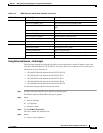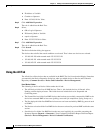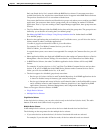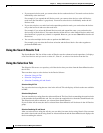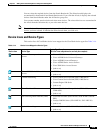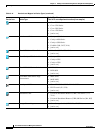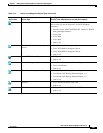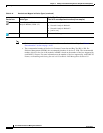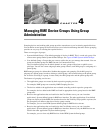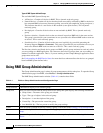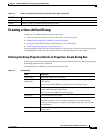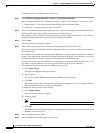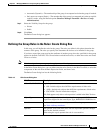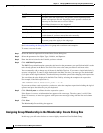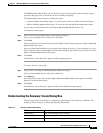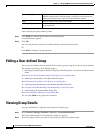
CHAPTER
4-1
User Guide for Resource Manager Essentials 4.1
OL-11714-01
4
Managing RME Device Groups Using Group
Administration
Grouping devices and working with groups provides convenience to you in selecting required devices.
You can define several groups of devices based on a set of criteria and manage the same. Device grouping
provides an easy way of selecting the required devices.
There are two types of groups:
• System-defined Groups—The default grouping of devices in RME. This is a read only group. You
cannot create groups under System-defined Groups. See
Types of RME System-defined Groups.
• User-defined Group—Groups that you create to reflect the way you manage the network. You can
create user-defined groups for RME (but not for Common Services).
The User-defined groups can be either dynamic or static groups with private or public access
privileges. You can also create subgroups under groups. Hence, each child group is a subgroup of a
parent group.
RME manages groups in a hierarchical fashion that supports sub-grouping. Each child group is a
subgroup of a parent group; in order to belong to a child group, a device must belong to the parent group.
For an device to belong to a group, it must satisfy the child group rules and the parent group rules.
The features of grouping services are:
• The application groups are created by their respective grouping services.
For example, RME groups are created by RME Grouping Services.
• The devices added to the applications are evaluated according to their respective group rules.
For example, devices added to the RME are listed in appropriate device group based on the RME
group rules.
• Based on the applications that are installed on the CiscoWorks server, you can view other
applications’ System-defined groups in RME user interface. The other applications User-defined
groups are displayed in the RME user interface based on the Visibility Scope (public or private) for
the group that you define at the time of device group creation.
For example, you can view DFM System-defined groups in RME device selector.
• Based on the applications that are installed on the CiscoWorks server, you can view other
applications’ System-defined groups in RME user interface. However, only the RME devices are
listed in the other application’s System-defined groups.
For example, you can view only RME devices in the DFM System-defined groups.



